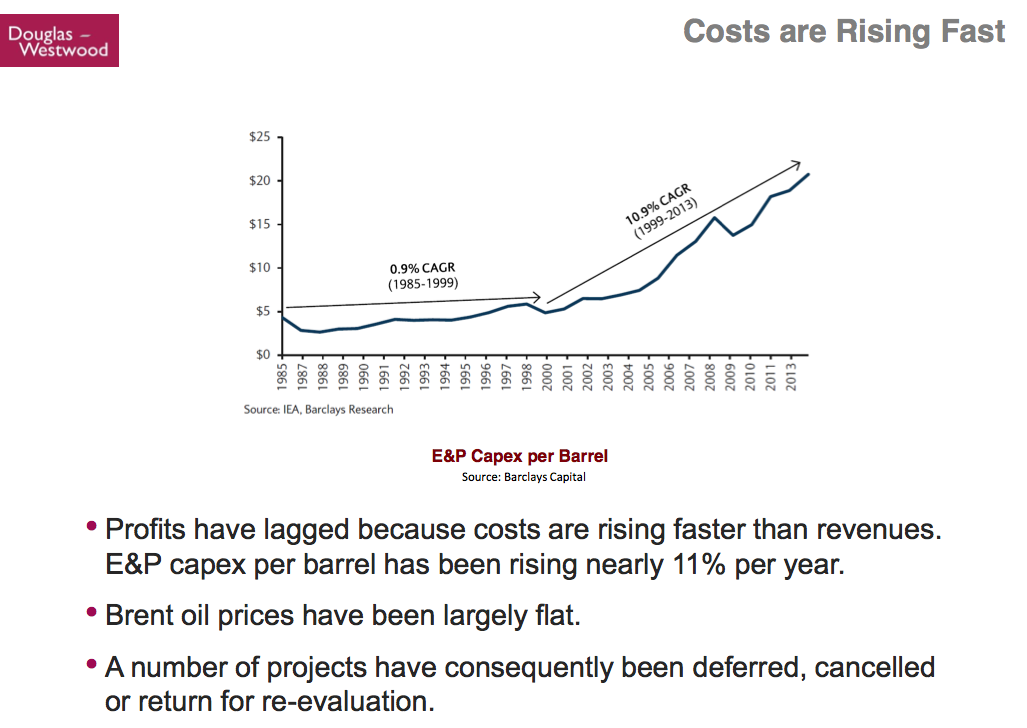Open Offshore Bank account for non residents Definition of Dollar Cost Averaging
Post on: 16 Март, 2015 No Comment

Search through our Blog
Definition of Dollar Cost Averaging
Dollar cost averaging is a timing strategy of investing equal dollar amounts regularly and periodically over specific time periods (such as $100 monthly) in a particular investment or portfolio. By doing so, more shares are purchased when prices are low and fewer shares are purchased when prices are high. The point of this is to lower the total average cost per share of the investment, giving the investor a lower overall cost for the shares purchased over time.
Dollar cost averaging is also called Dollar cost averaging and constant dollar plan in the US, pound-cost averaging in the UK, and by the currency-neutral term cost average effec].
In Dollar cost averaging, the investor decides on three parameters: the fixed amount of money invested each time, and investment frequency, and the time horizon over which all of the investments are made. With a shorter time horizon, the strategy behaves more like lump sum investing. One study has found that the best time horizons when investing in the stock market in terms of balancing return and risk have been 6 or 12 months.
One key component to maximizing profits is to include the strategy of buying during a downtrending market, using a scaled formula to buy more as the price falls. Then, as the trend shifts to a higher priced market, use a scaled plan to sell. Using this strategy, one can profit from the relationship between the value of a currency and a commodity or stock.
Criticism of Dollar cost averaging Risk Reduction Theory

While some financial advisors such as Suze Orman claim that Dollar cost averaging reduces exposure to certain forms of Financial risk associated with making a single large purchase, others such as Timothy Middleton claim Dollar cost averaging is nothing more than a marketing gimmick and not a sound investment strategy.
Middleton claims that Dollar cost averaging is a way to gradually ease worried investors into a market, investing more over time than they might otherwise be willing to do all at once. Others supporting the strategy suggest the aim of Dollar cost averaging is to invest a set amount; the same amount you would have had you invested a lump sum.
Analysis supporting Dollar cost averaging has been criticized because it often ignores transaction fees, which can be substantial. Numerous studies of real market performance, models, and theoretical analysis of the strategy have shown that in addition to having the admitted lower overall returns, Dollar cost averaging does not meaningfully reduce risk when compared to other strategies, including a completely random investment strategy.
Discussions of the problems with Dollar cost averaging can do a disservice to investors who confuse Dollar cost averaging with continuous, automatic investing. Unfortunately this confusion of terms is perpetuated by many sources discussing automatic investing. (such as AARP and Motley Fool) The weakness of Dollar cost averaging arises in the context of having the option to invest a lump sum, but choosing to use Dollar cost averaging instead. Because the market trends upwards over time Dollar cost averaging always faces a statistical headwind: the investor is choosing to invest tomorrow rather than today, even though on average tomorrow’s prices will be higher. Dollar cost averaging generally does not overcome this headwind. But most individual investors, especially in the context of retirement investing, never face a choice between lump sum investing and dollar cost averaging investing with a significant amount of money. The disservice arises when these investors take the criticisms of dollar cost averaging to mean that timing the market is better than continuously and automatically investing a portion of their income as they earn it. For example, stopping one’s retirement investment contributions during a declining market on account of the (valid) statistical arguments against dollar cost averaging would indicate a misunderstanding of those arguments. The demonstrable statistical weaknesses of dollar cost averaging do not arise because attempts at timing the market tend to be effective, but because investing in the market today tends to be better than waiting until tomorrow. Applying that knowledge to the average retirement investor’s situation would actually support — rather than contest — a policy of continuous, automatic investing without regard to market direction.














